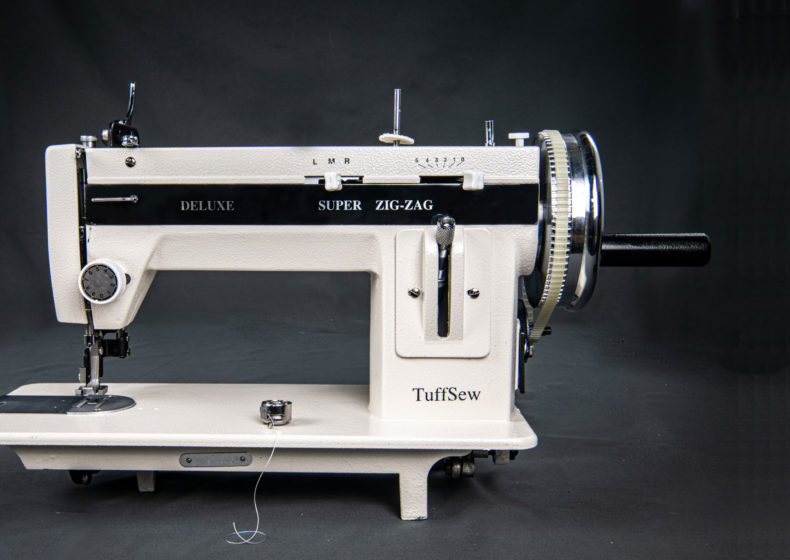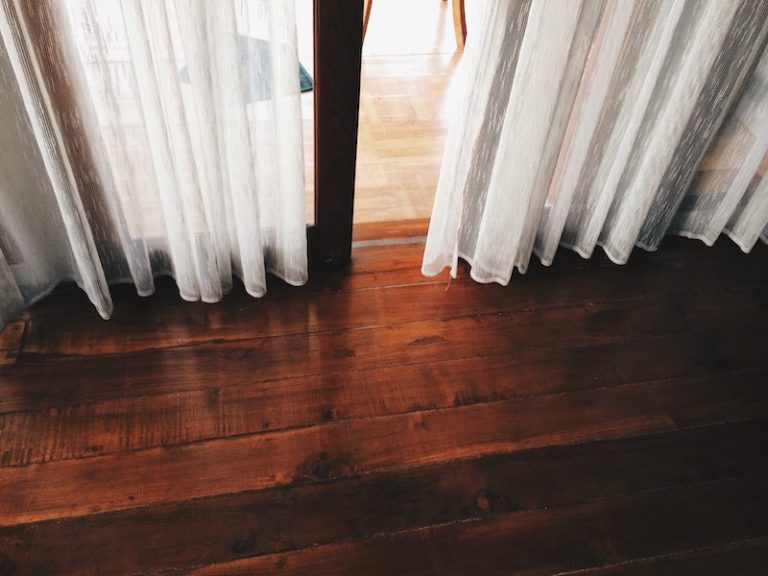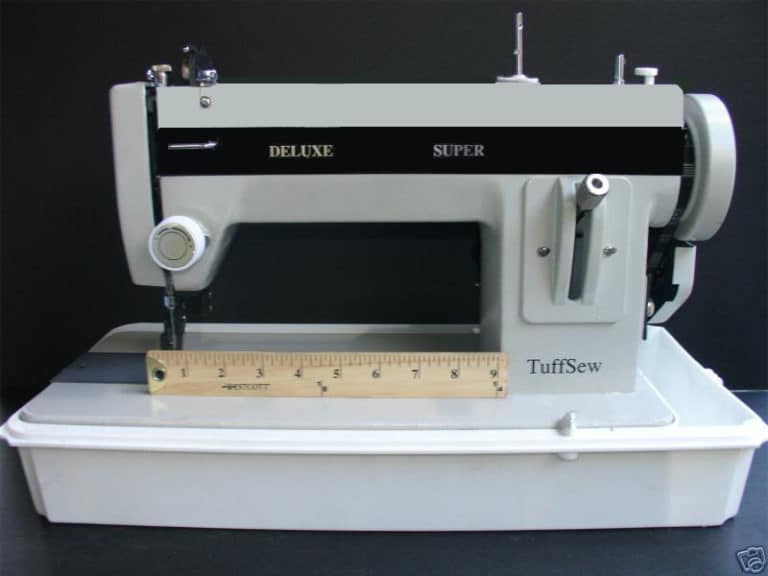How to Sew Lined Curtains
TuffSew here, your heavy duty sewing machine manufacturer! So you want to learn how to sew lined curtains? Yeah, yeah, yeah….. we know- you aren’t looking for advice on sewing “see-through” style curtains. You landed here because you’re planning on sewing curtains with thick drapery linings.
Or, maybe you are trying to sew curtains with thick drapery linings AND an interlining!
Before we get into some tips that will help you sew curtains, linings, and interlinings – let’s talk about the applications and why it’s beneficial to install thick curtains with multiple layers.
Application #1: Blacking Out the Light
Have you ever stayed at a fancy hotel and felt the drapes? They are quite thick and do a great job keeping the light out of the room. Heck, who goes to a fancy hotel to be waken up early?
Most of the time this blackout lining is made of a synthetic material. It can be difficult for your every day household sewing machine to sew blackout lining material onto your newly chosen curtain fabric. Your normal sewing machine may skip stitches, break thread, and even break needles.
The solution is to use a heavy duty walking foot sewing machine. These machines use a larger needle, thicker thread, and a built-in walking foot mechanism to help you move the thicker fabric through the sewing process. We’ll get into the sewing machine stuff a little later..
Application #2: Keeping the Cold Out
If you want to keep your home or office warm, you’ll want to add what’s called an “interlining” between your curtain fabric and your standard lining material. We recommend using semi-loosely woven cotton material for your interlining. This style of weave will keep out the cold air – and the cotton material creates a fluff feel to your curtains – making them feel thicker and fuller.
Make sure talk to a drapery specialist when selecting your interlining. The color of your interlining must not contrast your fabric color – otherwise it might show through and ruin the aesthetics of your curtain. Lastly, when you add an interlining….it increases the chances that your household sewing machine will falter.
Application #3: Keeping the Sound and Cold Out
For those of you who want to block out sound and cold air, you’ll need to sew-in an even thicker interlining. Some people call this type of interlining an England-Bump interlining! It’s about 2-3x thicker than standard interlinings.
We get a lot of emails from customers who struggle with these English style bump interlinings. Your household sewing machine will not hold up (most likely) when sewing three thick layers of curtain material. Our TuffSew Straight Stitch or TuffSew ZigZag is a great solution for these thick interlining applications.
Here are 9 tips for how to sew lined curtains:
#1 Straight Stitching works well for curtain material. Make sure and backstitch a few times at the start and end of each length (during step #9 below) – this will assure you have a strong stitch where it counts.
#2 For heavy duty curtains (with a lining, interlining, and curtain fabric) make sure and use size 20 or 22 needle on a walking foot sewing machine. This machine uses needle type 135×17, which is much thicker than the needle on your standard sewing machine. See the video below for the needle demonstration.
#3 Give The Thread Exchange a call to learn more about which type of thread to use with your particular sewing machine. Let them know what type of material your curtains, interlining, and lining are made of. Also, let them know which sewing machine you plan on using. If you are using our TuffSew Straight Stitch, we recommend you use nylon bonded 69 thread.
#4 Always wash, dry, and iron your fabric – you don’t want any dreaded wrinkles showing up after you hang your new curtains.
#5 For heavy duty lined curtains, add two extra inches to the width of your curtain fabric. Add 7 extra inches to your length measurement. This gives you room for your doubled folded hems.
#6 Never cut the lining larger than it needs to be. Always cut it the exact length and width you want your final curtains to be.
#7 Use sewing pins when making your hems. This will keep your fabric in place. Make sure and tuck the lining(s) under the hems, using these sewing pins as needed.
#8 Use a thread color that matches your fabric.
#9 Stitch the top hem first, and then the side hems from the top to the bottom. Fold over the bottom hem, and stitch it down.
If you are thinking of using a walking foot sewing machine for your heavy duty curtains….click to learn more by watching the videos below.
Video 1 – Differences with a standard sewing machine and a walking foot machine:
Video 2: More differences from your standard sewing machine:
If you have any further questions regarding how to sew curtains… please email us at [email protected]



